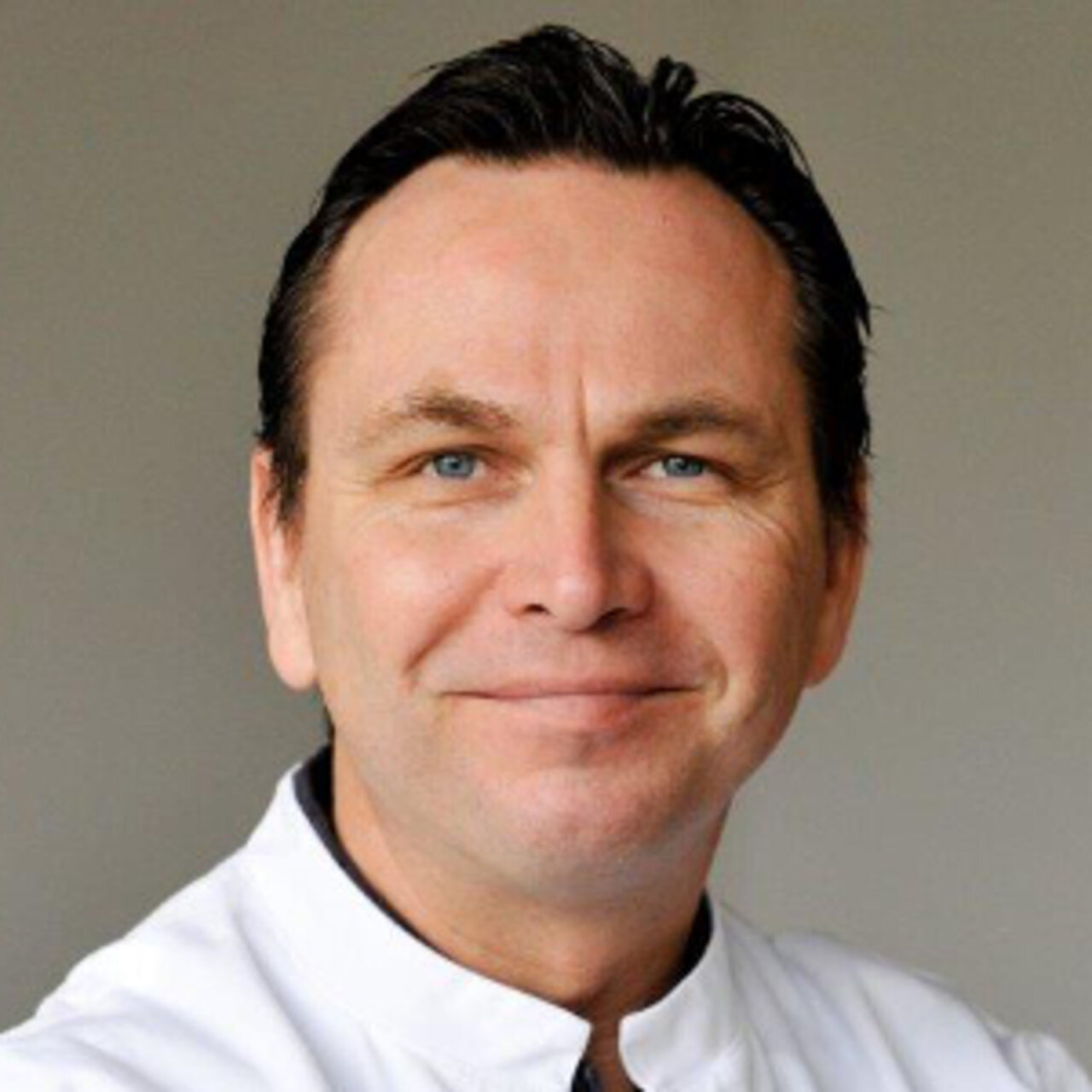Specialists in Shoulder Dislocation
7 Specialists found
Information About the Field of Shoulder Dislocation
What Is Shoulder Dislocation?
Dislocation of the shoulder joint is the most common joint dislocation in humans. In a dislocation, a joint is dislocated by the application of force. As a result, the head of the upper arm bone (humerus) pops out of its socket on the shoulder blade. In addition, stabilizing ligaments and muscles of the joints are usually affected.
What Are the Causes of a Dislocated Shoulder?
First, there are predisposing anatomical causes for the incidence of shoulder joint dislocation. To achieve the most excellent possible flexibility in the shoulder joint, the bony guidance of the joint is significantly reduced, for example, compared to the much more stable hip joint. As a result, the humeral head is oversized compared to its narrow socket (glenoid) on the scapula. In addition, there is a natural extensor mechanism of the arms to protect the skull during falls. As a result of the immense force exerted on the extended arm during a fall, the humeral head is easily levered out of its socket. Finally, a new dislocation event becomes more likely due to the usually accompanying lesion of the stabilizing soft tissues or an injury with chipping the already too small glenoid rim.
How Is a Shoulder Dislocation Detected?
In addition to painful and springy fixation of the arm, sometimes in an unnatural position, the physician may palpate the humerus's dislocated (displaced) head. As the overlying deltoid muscle flattens over the empty glenoid cavity, the bony acromion becomes prominent at the shoulder level.
Therapy: What to Do for Shoulder Dislocation?
A triangular sling can support the patient in the most possible painless position for transport to the hospital. An X-ray should be taken to confirm the diagnosis and exclude an upper arm fracture.
Afterward, the joint should be set back in place quickly, i.e., the humeral head should be levered back into its original location in the socket under traction. If concomitant soft tissue damage is suspected, magnetic resonance imaging should also be carried out.
Conservative Treatment Methods
First, skin sensitivity, blood circulation, and muscle function in the upper arm should be checked. The axillary nerve or blood vessels supplying the shoulder joint can often be damaged in a shoulder joint dislocation. In principle, once complications have been excluded, the aim should be to achieve a rapid re-setting of the shoulder joint. It is advisable to give the patient an analgesic before this unpleasant procedure or, if necessary, to consider short anesthesia in anticipation of a complex intervention. The patient will feel a sudden relief of pain after a brief stretching pain if the reposition is successful, as the joint hearable and noticeable re-engages. Even after the natural joint function has been restored, the patient should be monitored regularly for signs of failure due to injury to nerves or vessels. The joint should then be immobilized with a splint for about two weeks.
When Does a Shoulder Dislocation Require Surgery?
Surgical treatment is indicated if manual reposition attempts are unsuccessful or large-diameter vessels and nerves have been injured. But even if the shoulder has been successfully re-set, surgery may be necessary to restore joint stability. Surgery is often advised, especially in young and athletically active patients, because of the increased risk of recurrence. In most cases, these procedures can be carried out with arthroscopy.
Healing Time and Prognosis
In the case of a first dislocation, the patient is usually on sick leave for 2-6 weeks, depending on any complications. The patient should refrain from arm movements during this time, such as driving a car, as these provoke a renewed dislocation. Sports should be resumed after two months at the earliest, and contact sports are not recommended for up to 6 months. Prognostically, the majority of all young patients suffer a recurrence of dislocation in the course of their lives. This risk of recurrence can be effectively reduced by surgical stabilization.
Which Doctors and Clinics are Specialized in Shoulder Dislocation?
The following experts have earned an outstanding reputation through years of experience treating shoulder joint dislocations: Professors Mark Tauber and Frank Martetschläger as head physicians of the German Shoulder Center in Munich.
In Wiesbaden, Dr. med. Andreas Kiekenbeck practices as an expert in shoulder and elbow surgery. Prof. Dr. med. Richard Stangl is the medical director of the hospital Rummelsberg near Nuremberg. PD Dr. med. Karl Wieser has also specialized in surgical procedures on the upper extremity in Zurich.
Every patient who needs a doctor wants the best medical care. Therefore, the patient is wondering where to find the best clinic. This question cannot be answered objectively, and a reliable doctor would never claim to be the best one, so we can only rely on the doctor's experience.
We will help you find an expert for your condition. All listed doctors and clinics have been reviewed by us for their outstanding specialization in shoulder dislocation and are awaiting your inquiry or treatment request.
Literature References
- M. Schünke, E. Schulte, U. Schumacher, M. Voll, and K. Wesker. Prometheus, LernAtlas der Anatomie, Allgemeine Anatomie und Beweg







